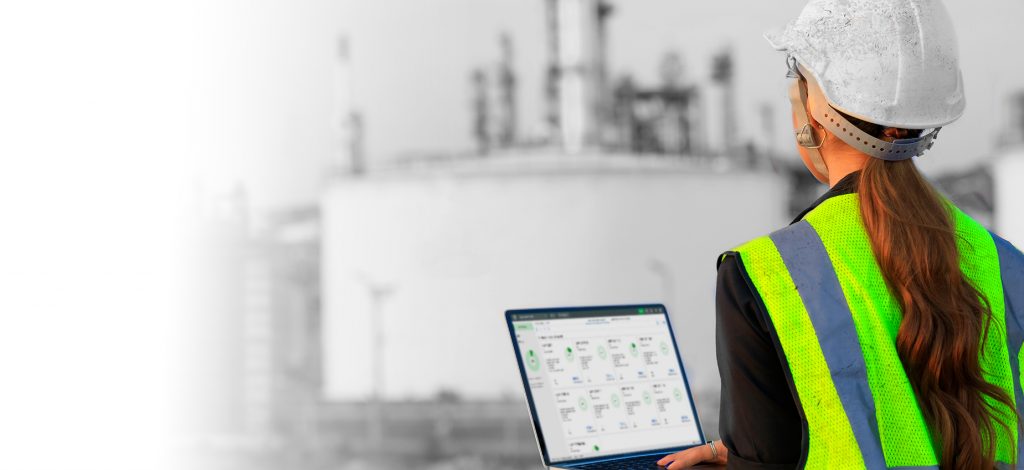For over eighteen months, the construction sector has experienced unprecedented project delays, budget blowouts, and shortages of labour, says Rob Bryant InEight EVP of APAC Rob Bryant

In Australia, construction site closures in New South Wales have contributed to timeline overruns, in addition to costing the building sector a conservative estimate of $1 billion per week in that state alone. As construction restrictions lift in NSW, and Victorian construction sites also reopen at reduced capacity, it is imperative that Australia’s construction sector focuses on innovation and technology to make up for lost time.
While the construction industry has been known for its slow approach to digital transformation, the reopening of sites presents a unique opportunity for the sector to explore new technologies that will produce accurate timelines and budgets of projects.
InEight’s Global Capital Project Outlook (GCPO), which examines the top trends in the global construction sector, has revealed digital transformation is being embraced by APAC contractors and project owners, with 100 percent of those surveyed having already invested in technologies such as project management software, connected worksite communications, and operations solutions.
After a challenging period, optimism is high within the sector, with 96 percent of respondents putting faith in technology to improve productivity while 71 percent have stated they have already seen improvements as a result of investment into technology.
Investing in the future of project certainty
The construction sector is known for budget blowouts and timeline extensions, an issue that can often be pinpointed on poor procurement processes which contribute to direct and indirect increases and inefficient bidding costs. It is estimated that the total price impact of poor procurement services is around 5.4 percent of total revenue.
InEight’s GCPO report found on average, only 45 percent of project owners and 51 percent of contractors say their projects are delivered on or under the original approved budget. However, APAC respondents revealed when a project does go over budget, it stands around 17 percent compared their US counterparts that have an average of 25 percent.
A small difference to note between owners and contractors could be down to the number of times schedules and budgets are subject to change orders throughout project delivery. Yet the challenges associated with the pandemic present contractors with the opportunity to take a more proactive approach to tracking these adjustments and reporting against the latest version, by more effectively utilising technology.
For example, implementing emerging technologies such as Artificial Intelligence, enables connected data and allows project owners and contractors to gain more control and efficiency within the procurement process as well as project planning. With this comes the alignment of expectations on outcomes, and improved project certainty.
The role of technology in a sustainable future
While the implementation of technology may mean less workers on construction sites, it offers the construction sector an opportunity to place greater emphasis on skill transferability and to address a more sustainable future.
The GCPO report found that one third of APAC project owners and contractors cite skill shortages as a risk. This highlights the necessity to invest in training to provide the industry with a diverse set of skills and expertise, such as digital engineering, progressive project management, and budget and scheduling expertise. If handled correctly, this can ultimately minimise waste, reduce the impact of infrastructure environmental footprints, and deliver more sustainable project outcomes.
Investing in technology which can improve procurement management gives contractors and project owners access to estimated quantities as well as construction take off quantities. Procurement specialists can accurately purchase the right number of materials to complete the job at hand, and contractors will be given the exact number of quantities needed on site.
Additionally, having access to advanced technology can minimise rework on projects. The sooner construction teams can have access to data, actions can be corrected if necessary, thereby eliminating re-work which can impact the environment through machinery emissions and the waste generated if any components of the project need to be rebuilt.
With the construction industry accounting for 25 percent of Australia’s carbon emissions, the uptake of technology in the sector will not only enable project owners and contractors to deliver better efficiencies, the environmental benefits that will follow through reduced waste will play a vital role in creating a sustainable future for both the construction industry and future generations.










